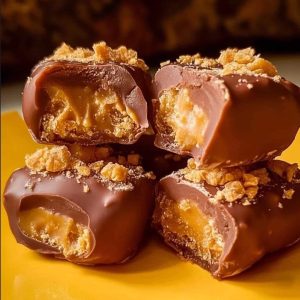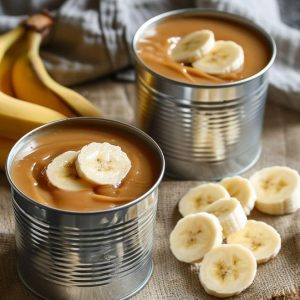Velveting might sound mysterious, but it’s a straightforward and effective method for tenderizing meat. If you’ve ever wondered why the chicken or beef in your favorite Chinese dish is so tender, velveting is likely the reason. This technique involves marinating meat in a mixture that typically includes cornstarch, egg whites, and sometimes additional ingredients. This creates a protective coating that locks in moisture and enhances texture during cooking.
The Origins of Velveting
Velveting is a traditional Chinese cooking technique that has been used for centuries. It originated to ensure that meat remained tender and juicy, even when cooked at high temperatures in a wok. Developed to complement the fast cooking times of stir-frying, velveting prevents the meat from becoming tough or dry. Over time, this technique has become a staple in Chinese cuisine and is now used in various dishes around the world.
Understanding the Velveting Technique
The velveting technique involves coating meat in a mixture of cornstarch, egg whites, and sometimes rice wine or soy sauce. This mixture forms a thin layer around the meat, sealing in moisture and creating a silky texture. The meat is then briefly blanched in hot oil or water before being stir-fried or cooked using another method. This pre-cooking step ensures that the meat remains tender and juicy, even when exposed to high heat.
Why Velveting Enhances Meat Texture
Velveting enhances meat texture by creating a barrier that prevents moisture loss during cooking. The cornstarch in the marinade forms a gel-like coating that protects the meat fibers from the intense heat of stir-frying. This results in tender meat with a smooth, velvety texture. Additionally, the egg whites in the marinade contribute to the silkiness of the meat, making it more palatable and enjoyable.





